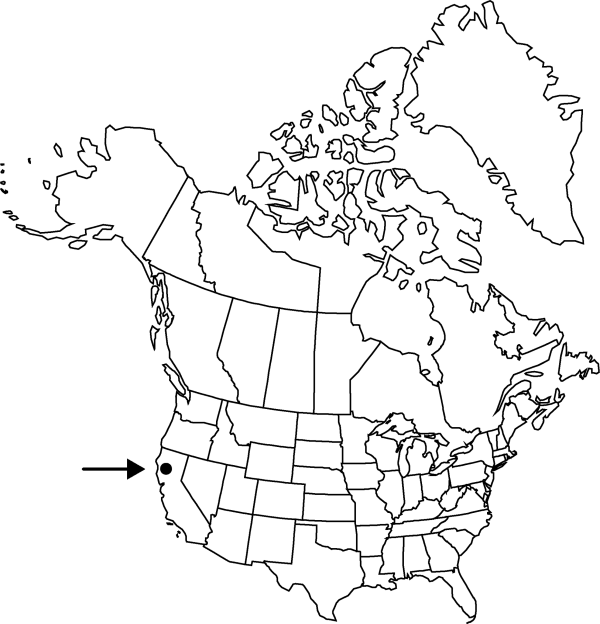Lewisia stebbinsii
Four Seasons 2(4): 13, figs. a–c. 1968.
Taproots gradually ramified distally. Stems procumbent, 1.5–14 cm. Leaves: basal leaves withering after anthesis, gradually tapered to broad petiole, blade oblanceolate, spatulate, or obovate, flattened, 2.5–8.5 cm, margins entire, apex obtuse; cauline leaves absent. Inflorescences subumbellate cymes, 1–3-branched, 3–11-flowered; bracts several, usually an opposite pair proximally, plus 2 at each flowering node distally, ovate to elliptical, 1.8–3 mm, margins glandular-toothed, apex acute. Flowers pedicellate, not disarticulate in fruit; sepals 2, broadly ovate, 3.5–7 mm, herbaceous at anthesis, margins glandular-toothed, apex rounded to truncate; petals 7–10, magenta or carmine with whitish bases, veins darker, oblanceolate or obovate, 8–10 mm; stamens 10–13; stigmas 3–4; pedicel 8–25 mm. Capsules 5–7 mm. Seeds 20, 1.5–2 mm, shiny, smooth.
Phenology: Flowering late spring–early summer.
Habitat: Open meadows in dryish, rocky or gravelly soils
Elevation: 1900 m
Discussion
Of conservation concern.
Lewisia stebbinsii is known only from the north Coast Ranges in Mendocino County
Selected References
None.
